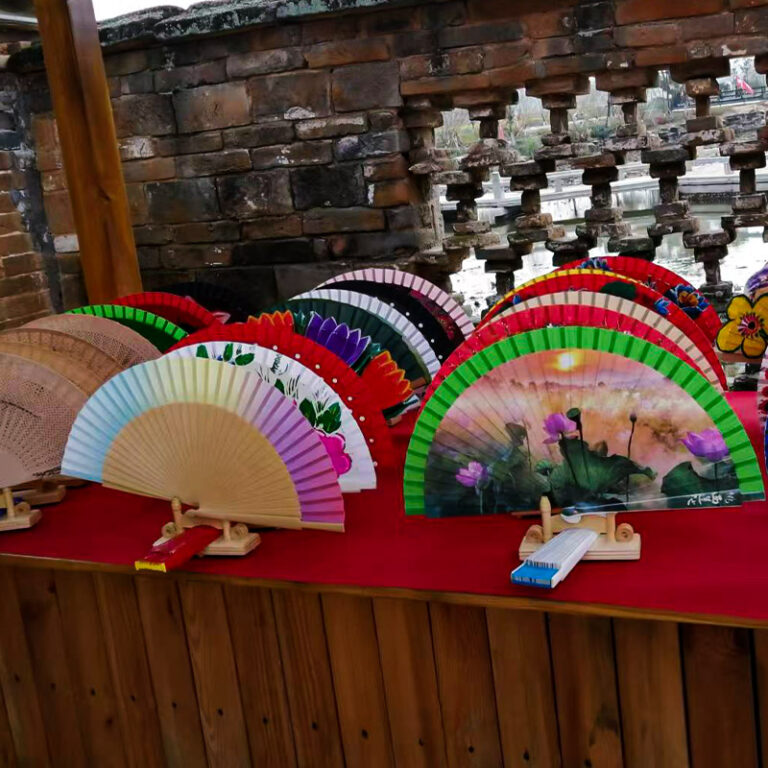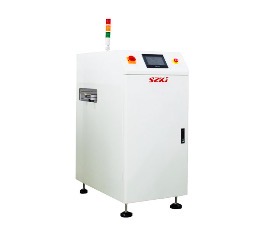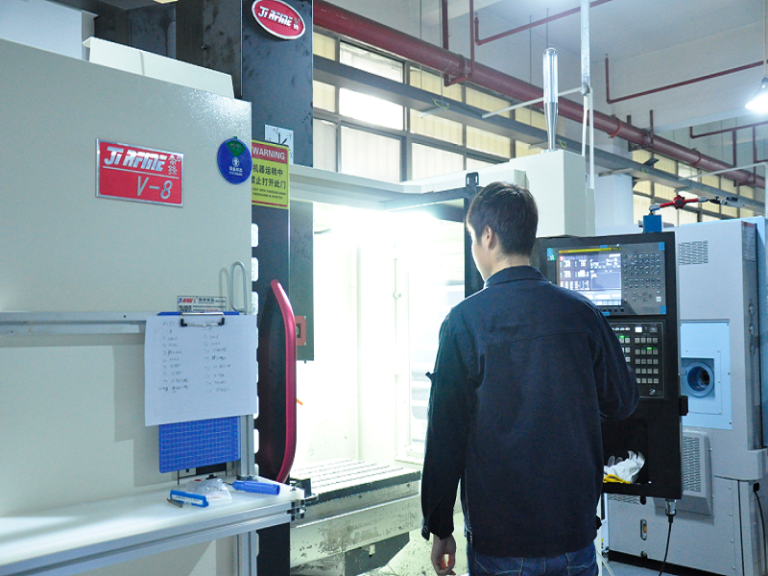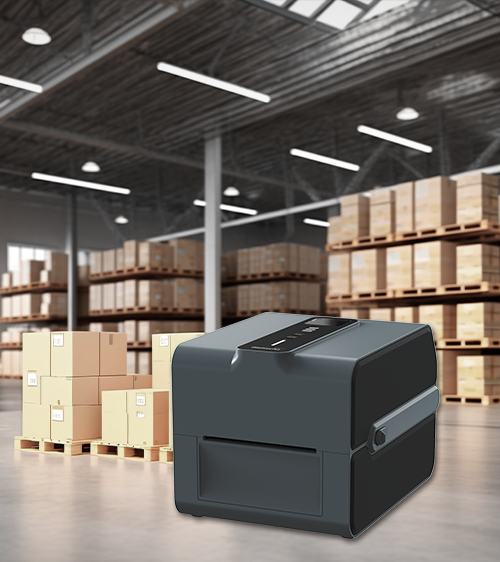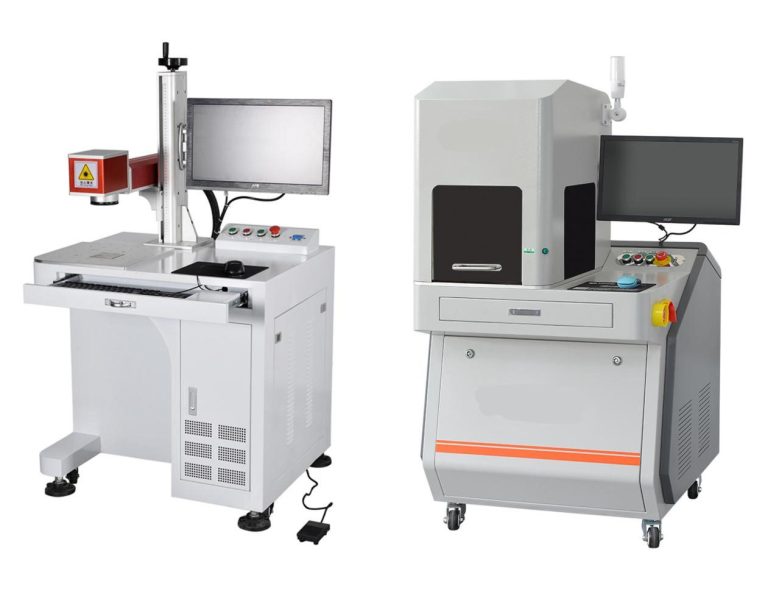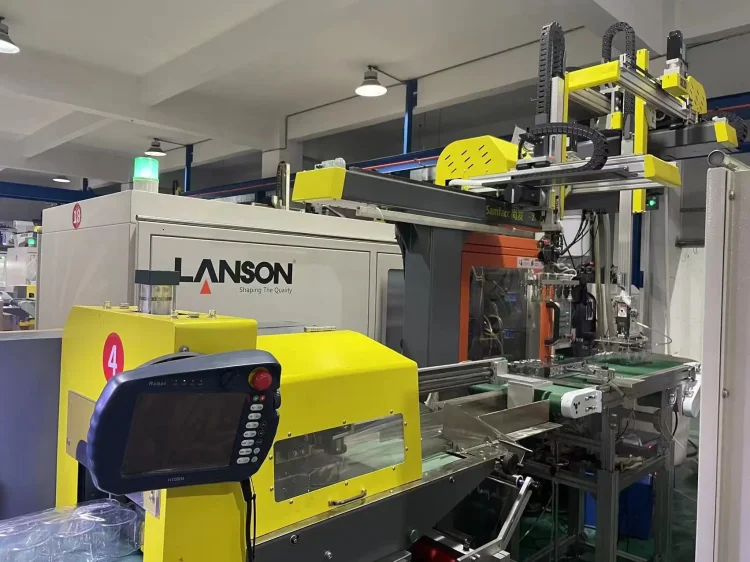目录
Stone paper is also called environmentally friendly paper. Its main raw material is calcium carbonate, the most plentiful natural resource in the earth’s crust. As supplementary raw materials, it employs polymer materials and a range of inorganic chemicals. It also uses filling modification technology and polymer interface chemistry. Stone paper is a new form of recyclable paper with cutting-edge technical features. At the 2010 National “Two Sessions,” the meeting notices, schedules, sticky notes, and other materials used by the delegates and members of the meeting were all stone paper.
This technique is not new, but in light of the worldwide need for energy conservation and emission reduction, this “fashionable” environmental protection concept has been valued by people. The market for stone paper is steadily increasing.
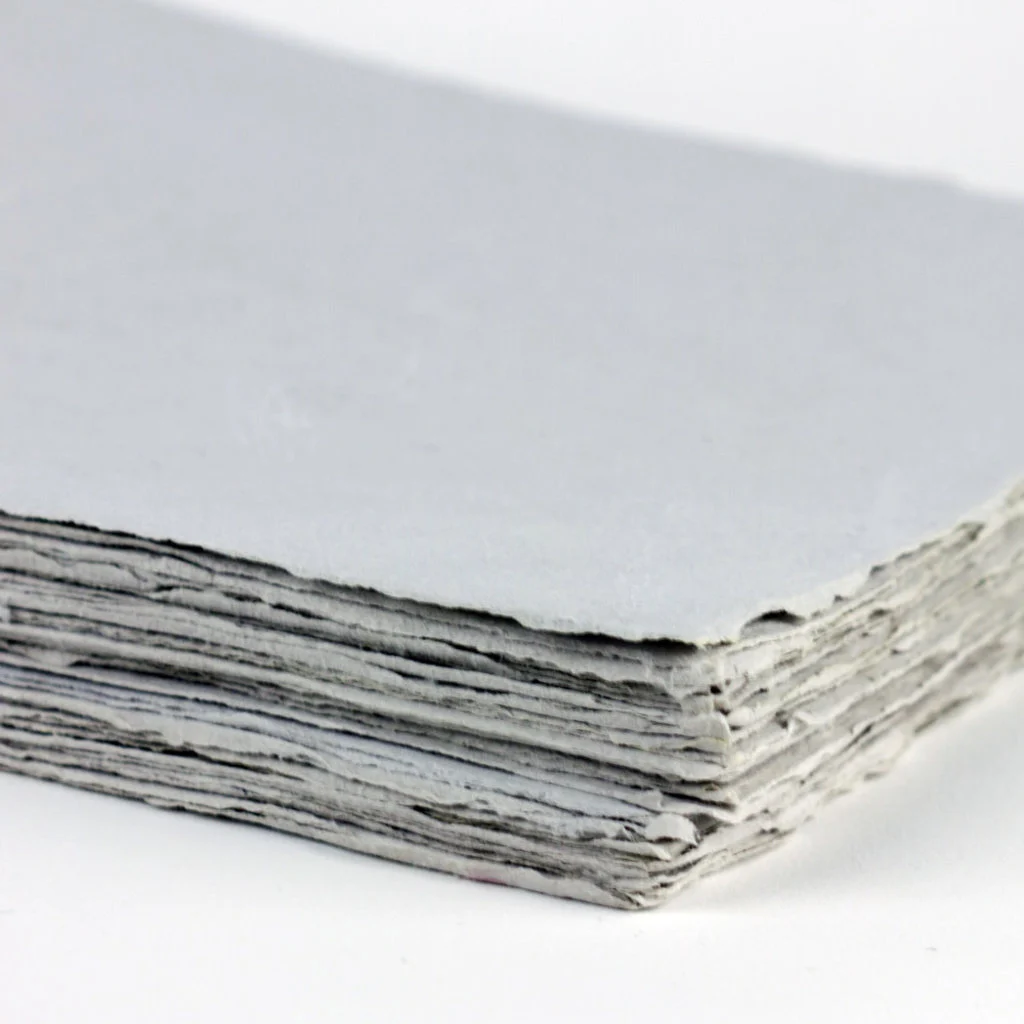
Stone paper has many advantages:
1. Energy saving in the stone paper industry and environmental protection of production technology
According to data gathered, traditional papermaking equipment utilizes 3.7 tons of wood chips to manufacture 1 ton of paper, which is the equivalent of cutting down 20 huge trees with a growth span of 20-40 years. At the same time, it uses 200 tons of freshwater, consumes 1.8 tons of standard coal, and consumes 600 kilowatts of electricity. At the same time, a large amount of wastewater and more than 300 types of hazardous waste gas have been identified as being produced using wood pulp and straw pulp as raw materials. The stone paper breaks through the papermaking technique that has been in use for over 2000 years. The production technology is energy-saving and environmentally friendly. The production process does not require water, acid and alkali, bleaching, waste gas, wastewater, or other harmful waste. The energy usage per unit of paper is only 2/3 that of typical papermaking technologies.
2. Superior performance
(1) Superior physical properties. Stone paper has higher physical qualities than plant fiber paper, such as tensile strength, ripping resistance, bursting resistance, and folding resistance. The surface is challenging to fluff, yet it is long-lasting and has consistent proportions.
(2) Outstanding chemical performance. Stone paper is antimicrobial and insect resistant, has exceptional water, oil, and chemical resistance, and is challenging to color change.
(3) Good safety performance. The primary raw materials of stone paper are calcium carbonate and other inorganic substances in the stone paper industry. The resin and numerous additives are non-toxic and have no negative impact on the things it comes into touch. At the same time, the stone paper does not absorb water, and it is difficult for molds to adhere to the paper’s surface. The disposal of waste paper is also harmless and does not pollute the environment.
(4) Good printability.
①Stone paper is used to cover a substrate with a slurry of nano-scale stone powder combined with a small number of additional ingredients. After molding, numerous microscopic particles create many tiny holes on the paper’s surface, which helps pigments adhere more securely and is employed in various inkjet printers. It will not be eroded during the printing process, and it is well waterproof and oil-proof.
②The paper surface is level and smooth, and there is no ink halo effect since the stone paper is not formed of wood fiber. As a result, as compared to regular plant fiber paper, stone paper saves more ink or pigment in printing and has a more excellent definition under the same conditions.
③Because the calcium carbonate on the surface of the stone paper does not chemically react with the ink, color cast and decolorization of the printed output are avoided.
It can be observed that the introduction of stone paper not only ensures high-definition, high-precision printing quality but also results in the “devaluation” of plant fiber paper’s printing accuracy. In addition, because most pigments contain many heavy metals and toxic organics, the reduction of printing pigments saves resources reduces costs, and reduces environmental pollution caused by the production, use, recycling, and processing of printed materials.
3. Wide range of uses
Stone paper has a wide range of applications due to its excellent performance. Excellent water resistance makes it especially suitable for outdoor advertising, an added advantage to the stone paper market. Because it does not produce dust and does not shed hair, it can be used in cleanrooms. The application range of stone paper is shown in Table 2.
0
